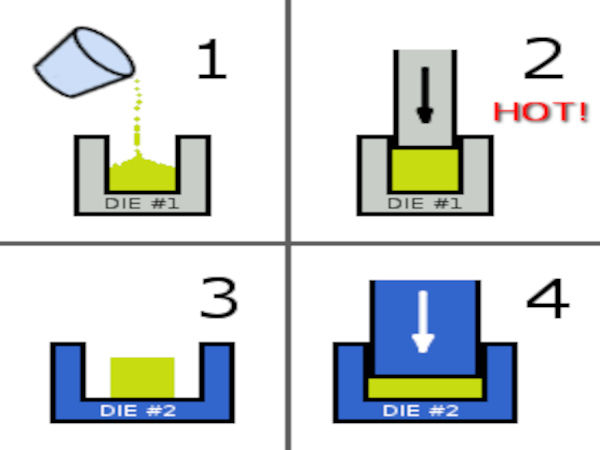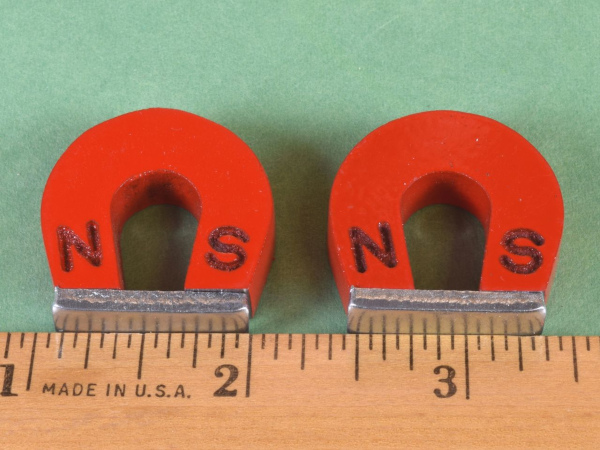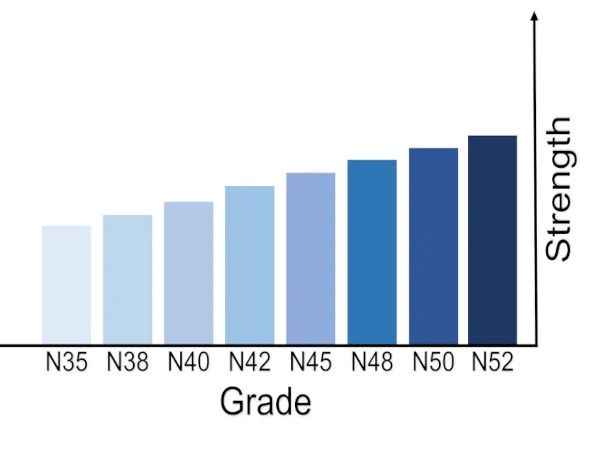The History of Neodymium Magnets
The comprehensive history of neodymium magnets: from lodestones to modern applications
1. The history of magnets
The history of neodymium magnets begins with the ancient discovery of lodestones, naturally magnetized pieces of magnetite that captivated early civilizations. These lodestones, used for navigation and the study of magnetism, laid the foundation for our understanding of magnetic properties. This article explores the journey from these initial discoveries to the development of neodymium magnets, which revolutionized various industries with their unparalleled strength and versatility.
The discovery of magnetism
Where did the principle of magnetism come from? How did we get to where we are today? Let's start with lodestones since they are considered to be the first magnets.
-
Lodestones: Lodestones are a piece of magnetite or other naturally magnetized mineral.
-
Magnetite: Magnetite is an iron ore, Fe3O4. These minerals aren't created or magnetized by man - they are actually magnetized naturally through lightning strikes!
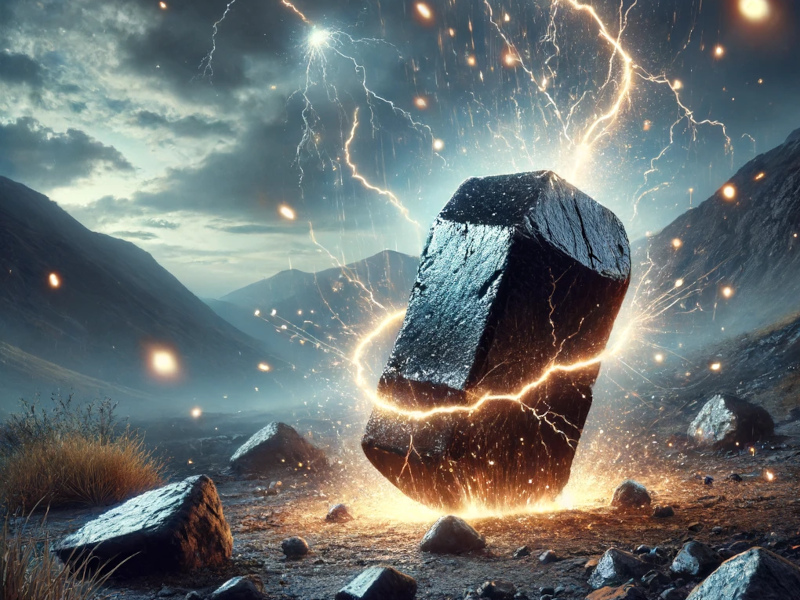
The property of magnetism was first discovered through these stones. Pieces of lodestone, freely suspended, were the first magnetic compasses and were an important piece of early navigation. The term "lodestone" in Middle English means "course stone or "leading stone".
In 600 B.C, there are tales of a Greek boy finding himself stuck to a particular rock. In reality, the iron nails in his sandals were attracted to a large lodestone. That seems relevant, as we hear from many folks who have ferromagnetic objects unexpectedly "jump" from their desk, attracting to a nearby magnet! The references of lodestone's magnetic properties dates back to 2nd Century BC, found in Chinese literature.

Historical events leading up to discovery of neodymium magnets
So how did we get from accidentally finding magnetic rocks to super powerful neodymium magnets? Let's look at a timeline of events in magnetism that led up to the discovery of NdFeB.
-
0: The first compasses were made of lodestone in China.
-
1175: The idea of the modern compass was detailed by an English Monk named Alexander Neckam. Around 100 years later, a French crusader expanded on Neckam's ideas and explained how a floating needle and pivot point might work.
-
1600: Dr. William Gilbert (correctly) suggested that the earth is a large magnet.

-
1740: Gowin Knight started to sell artificial magnets to scientists.

-
1820: Hans Christian Oersted found that when he placed a compass next to passing electrical current, the needle was moved. Thus, the idea of electromagnetism was born.

-
1831: Michael Faraday discovered that electricity could be made through magnetism such as a magnet that moves through a copper coil produces electrical current.

-
1883: Nikola Tesla discovered that the magnetic field was forever rotating, which became the principle of alternating current.

-
1917-1930: In this 13-year span, researchers and manufacturers started to experiment with the ingredients used in making magnets. Through these experiments, cobalt, alnico and ceramic magnets were introduced.
-
1960: U.S Air Force scientist, Karl J Strnat, adjusted the amount of various elements used in common magnets to make even stronger magnets. These magnets are called rare earth magnets and are still used today. The strongest magnet he released was a combination of samarium and cobalt (Sm2Co17).
2. Discovery of neodymium magnets
Much advancement had been made in the rare earth sector. The discoveries of Dr. Strnat opened the door for stronger magnets in a smaller package, but the high raw material cost of SmCo magnets kept researchers looking for another alternative.
In the late 1970s, a huge spike in the cost of cobalt occurred because of political unrest in Zaire (now the Democratic Republic of Congo). This encouraged researchers to seek a rare earth magnet that didn't depend on cobalt.
Who invented neodymium magnets?
In 1984, General Motors (GM) and Sumitomo Special Metals independently invented the NdFeB compound almost concurrently. The compound of neodymium, iron and boron created a super-powerful magnet, at a lower cost than SmCo. GM focused on the development of melt-spun nanocrystalline NdFeB magnets, while Sumitomo developed sintered neodymium magnets.
Neodymium magnets have the highest maximum energy product of all the rare earth magnets. They also have a high coercivity (a resistance to demagnetization). Learn more about what coercivity means in our Why are Magnets Shaped like Horseshoes? article.
These properties are so efficient compared to other rare earth magnets that they quickly became the global standard. The discovery of neodymium magnets allowed for new technologies to be developed and for existing technologies to be miniaturized.
Shop Neodymium Magnets
Check out our vast selection of powerful rare earth neodymium magnets!

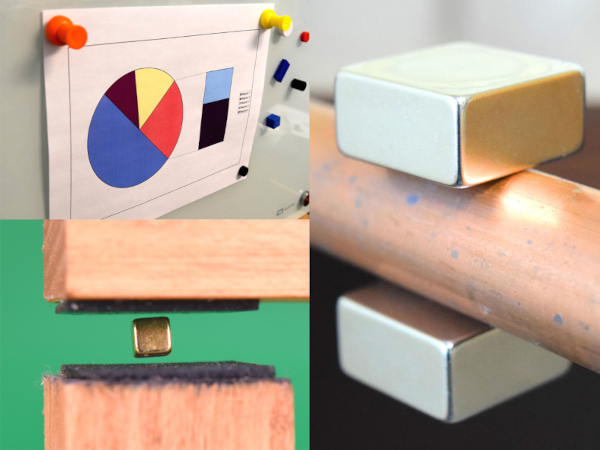

3. What are rare earth elements?
The rare earth elements (REE) in the periodic table are a set of seventeen metallic elements. These include the fifteen lanthanides on the periodic table plus scandium and yttrium. Rare earth elements aren't actually all that rare. These materials are naturally occurring, though there are some areas that have higher concentrations of these materials in the ground.
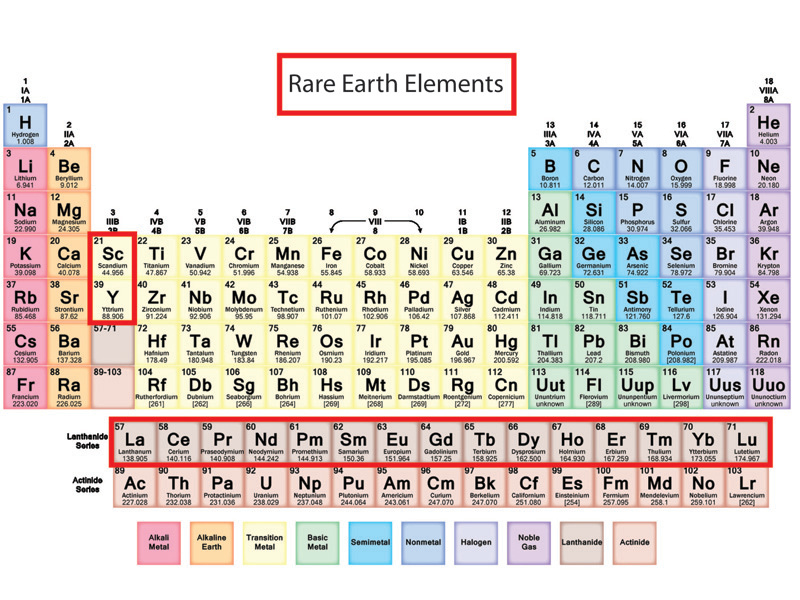
In the magnet world, we're mostly interested in neodymium and dysprosium. Neodymium is in the more abundant, light rare earths category, while dysprosium is a more rare, heavy rare earth material.
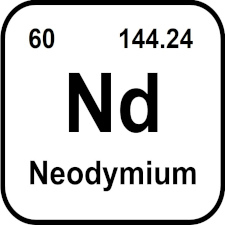
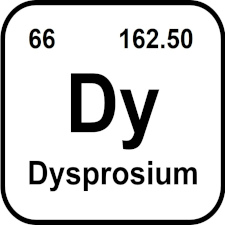
Rare Earth Magnets
As the name suggests, rare earth magnets are composed of rare earth metals in the periodic table. Despite being labeled as "rare," many rare earth metals are relatively common in the Earth's crust. The most popular types of rare earth magnets are neodymium and samarium-cobalt magnets.
Both neodymium and samarium-cobalt rare earth magnets have revolutionized technology and industry by enabling more compact, efficient, and powerful designs.
4. Ongoing magnet research
Overcoming low temperature resistance for neodymium magnets
One of the downfalls of the neodymium material is its rather low temperature resistance. Our Temperature and Neodymium Magnets article goes into detail about this. Most neodymium magnets have a maximum operating temperature around 176F (80C). There are higher temperature grades available, but they require the use of some dysprosium taking place of some of the neodymium. The drawback of this is that dysprosium is rarer than neodymium, and several times more expensive. Currently, the highest temperature grade, NAH, has a max-operating temp of 428F (220C). Research will continue to be done to increase the temperature resistance without compromising strength.
Corrosion resistant magnet coatings
Because neodymium magnets are about two-thirds iron, it doesn't have great corrosion resistance, as we explored in the recent Watching Magnets Rust article. This is why all of our magnets are coated in some way. We at K&J Magnetics are currently researching different corrosion-proof coatings that aren't currently available. See more about why neodymium magnets are coated and what coatings we have available in our What Magnet Coating Should I Use? article.
Conservation of rare materials and lessening environmental impact
One of the largest efforts seems to be figuring out how to create a high strength magnet using less of the rare earth elements. This would reduce the impact on our Earth and create less dependency on these hard to mine and refine elements.
Market leader for magnets
Here at K&J, we strive to keep up on all the latest news and advancements with neodymium magnets. We research and test new ideas extensively before ever offering new products and material properties to our customers. We're excited to see what the future holds for both neodymium magnets and the potential for new magnet technologies.




